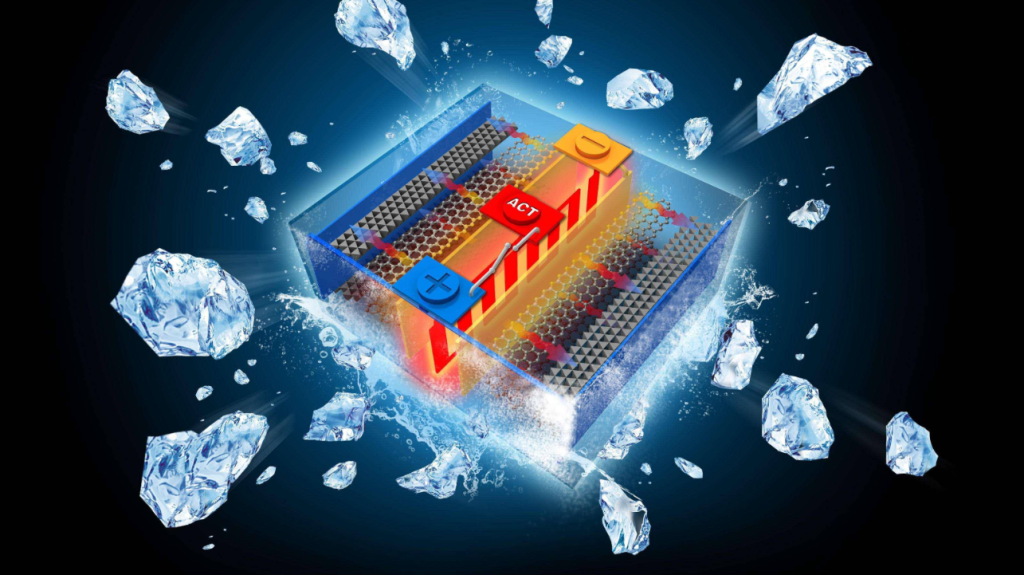How Much Does Graphene for Battery Cost?
Graphene is a revolutionary material that offers numerous benefits for battery technology, including increased energy density, faster charging, and improved thermal conductivity. It has sparked significant interest across industries, particularly in applications for electric vehicles, portable electronics, and renewable energy storage.

However, the cost of graphene varies significantly depending on factors such as type, quality, production method, and application. In this guide, we’ll explore these factors in detail to help you understand the pricing of graphene for batteries.
How Much Is Graphene for Batteries?
The cost of graphene can range from a few dollars per gram to hundreds of dollars per gram. Here’s a breakdown of the main categories and price ranges:
1. Graphene Powder
Graphene powder is the most commonly used form in battery applications. It serves as an additive in electrodes to enhance conductivity and capacity.
- Industrial-Grade Graphene Powder: Typically used for basic conductivity improvements, industrial-grade graphene powder costs around $50 to $150 per kilogram. It is suitable for low-cost applications but lacks the high-quality characteristics needed for premium performance.
- Research-Grade Graphene Powder: Designed for advanced battery applications, research-grade graphene is significantly more expensive, ranging from $500 to $1,500 per kilogram. Its superior quality ensures optimal performance in cutting-edge batteries.
2. Graphene Oxide
Graphene oxide (GO) is a derivative of graphene with oxygen-containing groups that make it dispersible in solvents, ideal for composite applications.
- Industrial-Grade GO: Costs about $100 to $300 per kilogram, widely used in basic energy storage solutions.
- High-Purity GO: Preferred for precision applications, this grade costs $1,000 to $2,000 per kilogram, ensuring better structural integrity and electrochemical properties.
3. Monolayer Graphene
Monolayer graphene is the most advanced and expensive type, consisting of a single layer of carbon atoms. Its exceptional properties make it ideal for high-performance batteries.
- CVD Monolayer Graphene: Produced through chemical vapor deposition (CVD), prices start at $200 per square centimeter and can go up based on size and quality.
- Large-Area Monolayer Graphene: For battery research, large sheets can cost $1,000 to $10,000 per square meter, making it a premium material for niche applications.
Price Factors of Graphene for Batteries
The price of graphene for battery applications is influenced by several factors. Here’s what to consider:
1. Production Method
- Mechanical Exfoliation: Produces small quantities of high-quality graphene at a high cost.
- Chemical Vapor Deposition (CVD): Ideal for monolayer graphene, but production is expensive.
- Reduction of Graphene Oxide: A more economical option for bulk graphene powder.
2. Quality and Purity
- High-purity graphene ensures better conductivity and performance but comes at a premium.
- Lower-purity options are affordable but may not meet the requirements for advanced battery technologies.
3. Application Requirements
- Applications demanding high conductivity and mechanical strength, such as EV batteries, often require premium-grade graphene.
- Simpler energy storage solutions can utilize industrial-grade graphene for cost efficiency.
4. Volume
- Bulk orders significantly reduce the cost per unit, making graphene more affordable for large-scale production.
- Small-scale purchases for research or prototyping are typically more expensive.
Is Graphene for Batteries Worth the Investment?
Investing in graphene for batteries can enhance performance, longevity, and efficiency. However, the high cost may not justify its use in every application. Companies must weigh the benefits against the investment to determine if graphene aligns with their goals.
For high-value applications, such as electric vehicles or grid-scale energy storage, graphene’s advantages often outweigh its cost. For smaller-scale projects, cost-effective alternatives like carbon nanotubes or conventional materials may be more viable.
Choosing the Right Graphene Supplier
When purchasing graphene for batteries, selecting a reputable supplier is essential to ensure quality and consistency. Some key factors to consider include:
- Material Specifications: Verify the graphene’s grade, purity, and form factor to meet your application needs.
- Production Capability: Ensure the supplier can meet your volume requirements within your budget.
- Support Services: Opt for suppliers offering technical support and customization for specific applications.
Why Choose GrapheneRich?
At GrapheneRich, we specialize in sourcing high-quality graphene products for various applications, including advanced batteries. Our portfolio includes graphene powder, graphene oxide, and monolayer graphene tailored to meet diverse needs. With a commitment to quality and competitive pricing, we help clients achieve exceptional results in their battery projects.
Contact us today to learn more about our graphene offerings and how they can transform your battery technology!

